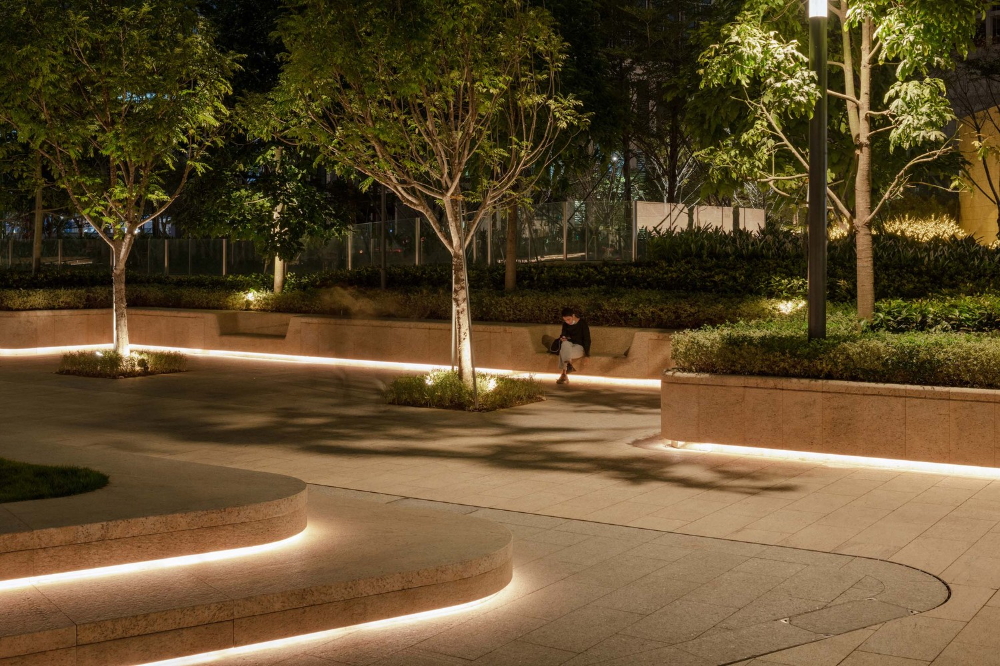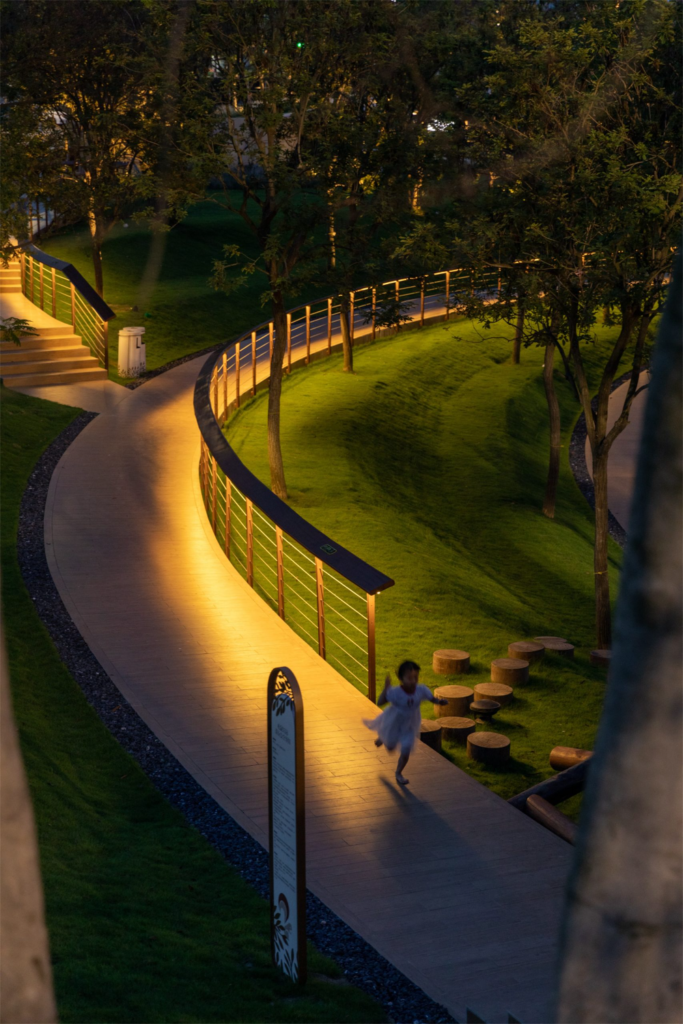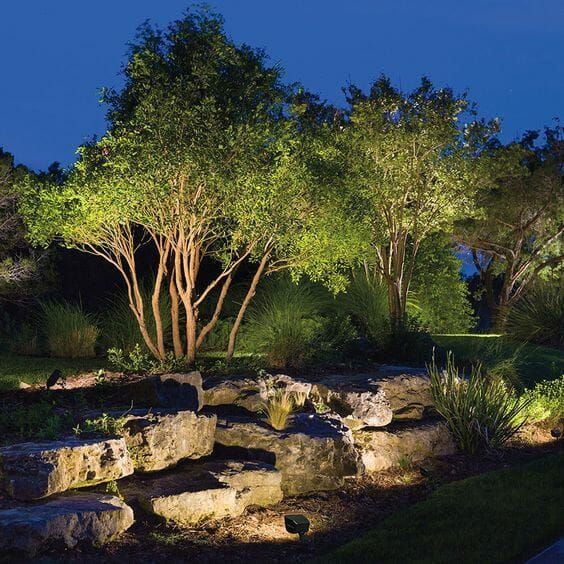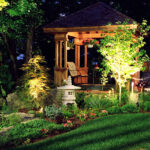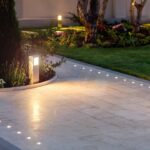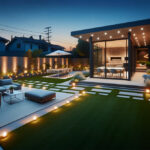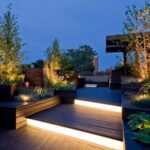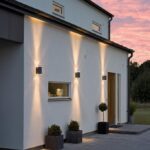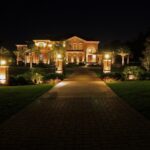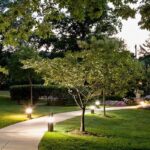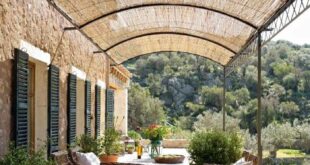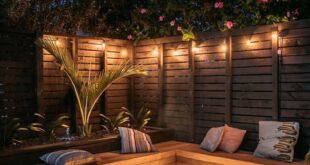Landscape lighting design plays a crucial role in enhancing the overall beauty and functionality of outdoor spaces. Properly designed lighting can transform a garden, patio, or backyard into a magical and inviting place where homeowners can relax or entertain guests in the evenings. There are several key principles to keep in mind when designing landscape lighting to ensure that the desired effect is achieved.
One important consideration in landscape lighting design is balancing light and shadow. Strategic placement of lights can create a play of light and shadow that adds depth and visual interest to the outdoor space. By carefully selecting the types of fixtures and their placement, designers can create a dynamic and visually engaging environment that is both functional and aesthetically pleasing.
Another important aspect of landscape lighting design is choosing the right fixtures for the job. There are a wide variety of lighting options available, from traditional lanterns and path lights to more modern and energy-efficient LED fixtures. The key is to select fixtures that complement the overall style of the outdoor space and provide the right amount of light for the intended use. LED lights are especially popular for their versatility, energy efficiency, and long lifespan.
Properly lighting focal points in the landscape, such as trees, water features, or architectural elements, can create a stunning visual impact. By highlighting these features with carefully placed fixtures, designers can draw attention to specific areas of the landscape and create a sense of drama and intrigue. In addition, lighting focal points can help to define the overall design of the outdoor space and create a sense of cohesion and unity.
Functionality is also an important consideration in landscape lighting design. Outdoor spaces serve multiple purposes, from relaxation and entertainment to security and safety. By carefully planning the placement of lights, designers can ensure that the outdoor space is well-lit and safe for navigation, while also enhancing its aesthetic appeal. Path lights, deck lights, and security lights can all be used to create a functional and inviting outdoor environment.
Finally, when designing landscape lighting, it is important to consider the overall effect of the lighting on the surrounding environment. Light pollution is a concern in many urban and suburban areas, and excessive or improperly placed outdoor lighting can disrupt natural ecosystems and interfere with wildlife habitats. By using energy-efficient fixtures, minimizing light spill, and focusing on quality rather than quantity, designers can create a beautiful and sustainable outdoor space that respects the natural environment.
